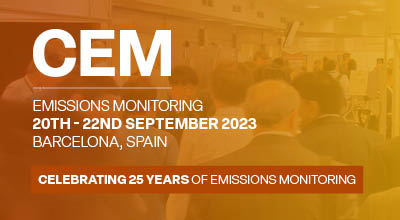

It is a fact universally acknowledged, that a single company in possession of a CO2-emitting value-chain must be in want of a good emissions-monitoring and -management system.
Butchering of Jane Austen aside, firms all across the world are more eager than ever to reduce their carbon footprint – but the task is daunting and the problems hard to conceptualise. In recognition of these challenges, the Greenhouse Gas Protocol set out a useful classification system for carbon emissions by firms in its Corporate Accounting and Reporting Standard.
Now, it can be a little tricky to wrap your head around at first. But once it’s clicked, it will radically improve your ability to tackle your company’s carbon emissions.
These are the emissions which are the most straight-forward and obviously-your-fault. But to be completely clear, Scope 1 is usually broken down into four sub-categories.
Think about a farm. If, for instance, volumes of diesel and petrol are purchased and used to power farm vehicles, machinery, and heaters, all of the resulting CO2 must be reported as Scope 1.
These are differentiated not only for the purpose of clarity but also in order to demonstrate the different approaches needed to monitor and to manage each particular type of emission. For instance, fugitive emissions are, by definition, unpredictable so the approach must be preventative, whereas process emissions are pre-considered aspects of the design, which makes it far easier to decide upon the monitoring system.
For a quick-and-easy guide to direct emissions monitoring, take a look at our article on What Methods are Used for Emissions Monitoring?
This one’s a little blurry, however.
Let’s return to our farm: Maybe, all those diesel- or petrol-powered vehicles have gone electric over the last few years and so the employees must periodically take a drive to the nearest charging point, the CO2 produced in the generation of that electricity must be recorded as Scope 2.
It’s by far the least inclusive category – but, rule of thumb, if you’re using electricity, it’s almost certainly generated by another firm, so it goes under Scope 2.
But how do you know how much is being produced? Well, this is where an important theme begins to emerge: collaboration. While you can monitor and report Scope 1 emissions all by yourself, Scopes 2 and 3 require communication with your partners, as control over the processes and items producing the emissions falls to them.
As you can probably tell, this Scope is both the most broadly applicable and the hardest to pin down.
Back to the farm: Perhaps, your employees use the diesel-powered tractor at work, but they commute a few miles in their own car each morning, already dressed in their company overalls. As they pull up to the farm, they pass one of the distributor’s lorries transporting the farm’s produce to supermarkets. Their first job of the day is to check whether the monthly payment has made it through to the wastewater treatment plant. The greenhouse gases emitted by the employee’s car, by the production of their overalls, by the distributor’s lorry or by the wastewater treatment firm are considered to be Scope 3.
These are, of course, difficult emissions to monitor and manage. But a number of companies on the Fortune 1000 list, including Starbucks, Google, Unilever, and Mercedes-Benz, have recently joined forces to launch Transform to Net Zero, which pledges to move towards the large-scale, economy-wide changes needed to tackle Scope 3 emissions. Such initiatives are the only genuine solution for long-term commercial sustainability, as they account, on the whole, for the majority of emissions for each firm.
But for now, you are only required by the Greenhouse Gas Protocol to monitor and report emissions from Scopes 1 and 2.
For more updates and information on emissions monitoring, stay tuned to Envirotech Online.